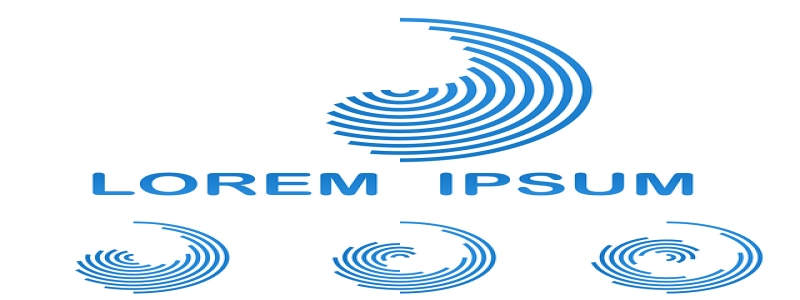Wave Attenuation
導入
Wave attenuation refers to the reduction of wave energy as it propagates through a medium. It is an important concept in various fields such as physics, acoustics, and telecommunications. This article will discuss the different factors that contribute to wave attenuation and its implications in different applications.
Factors Affecting Wave Attenuation
1. Distance
One of the primary factors affecting wave attenuation is the distance traveled by the wave. As waves propagate through a medium, they gradually lose energy due to various mechanisms, such as scattering, absorption, and reflection. The longer the distance traveled, the higher the attenuation of the wave.
2. Medium Properties
The properties of the medium through which the wave travels also play a significant role in wave attenuation. Different materials have different absorption and scattering characteristics, which can impact the attenuation of the wave. For example, in telecommunications, the presence of moisture in the atmosphere can lead to higher wave attenuation, affecting the quality of signal transmission.
3. Frequency
Wave attenuation is frequency-dependent. Different frequencies of waves interact differently with the medium, leading to varying levels of attenuation. In general, higher frequency waves tend to be more susceptible to attenuation compared to lower frequency waves. This phenomenon is particularly important in wireless communication systems, where the attenuation of radio waves at certain frequencies can result in signal degradation or loss.
Applications and Implications
1. 電気通信
In telecommunications, understanding wave attenuation is crucial for designing efficient wireless communication systems. By considering the factors affecting attenuation, engineers can optimize signal transmission and reception, ensuring reliable and high-quality communication over long distances.
2. Environmental Monitoring
Wave attenuation also plays a vital role in environmental monitoring systems. For example, in underwater acoustics, the attenuation of sound waves can provide valuable information about the properties of the ocean, such as temperature, salinity, and density. By analyzing the attenuation characteristics, scientists can gain insights into the underwater environment and monitor changes over time.
3. Medical Imaging
In medical imaging, wave attenuation is utilized in techniques such as ultrasound. By measuring the attenuation of ultrasound waves as they pass through different tissues, doctors can obtain valuable diagnostic information. For example, higher attenuation in certain tissues may indicate the presence of tumors or abnormalities.
結論
Wave attenuation is a fundamental concept that affects the propagation of waves in various applications. By understanding the factors that contribute to wave attenuation, scientists and engineers can improve the efficiency and reliability of communication systems, enhance environmental monitoring techniques, and enable more accurate medical imaging. Further research in this field will continue to advance our understanding of wave propagation and its practical implications.








